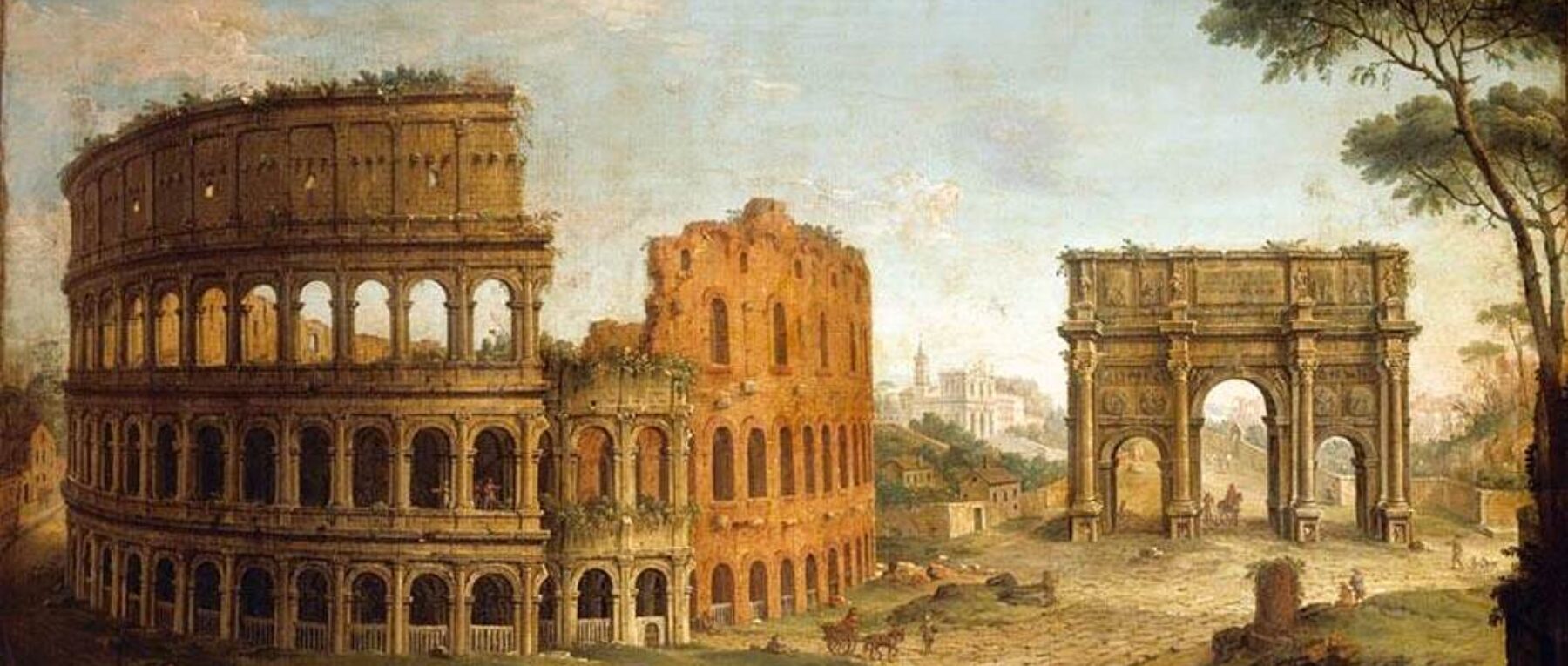Did the Ancient Egyptians Circumnavigate Africa?
| Neco II (Source: https://www.livius.org) |
So, I was reading through Herodotus‘ Histories the other day, doing some research on another topic when I came across an intriguing passage. The passage in question seemed to suggest that, in about 600BC or thereabouts, the Egyptian King Neco sent a Phoenician crew, who, according to Herodotus, sailed round the whole of Africa.
The passage is as follows:
As for Libya, we know that it is washed on all sides by the sea except where it joins Asia, as was first demonstrated, so far as our knowledge goes, by the Egyptian King Neco, who, after calling off the construction of the canal between the Nile and the Arabian gulf, sent out a fleet manned by a Phoenician crew with orders to sail round and return Egypt and the Mediterranean by way of the Pillars of Hercules. The Phoenicians sailed from the Red Sea into the southern ocean, and every autumn put in where they were on the Libyan coast, sowed a patch of ground, and waited for next year’s harvest. Then, having got in their grain, they put to sea again, and after two full years rounded the Pillars of Hercules in the course of the third, and returned to Egypt. These men made a statement which I do not myself believe, though others may, to the effect that as they sailed on a westerly course round the southern end of Libya, they had the sun on their right – to northward of them. (Herodotus, BKIIII, p. 253)
 |
| Map of the ancient world in Herodotus’ time (Source: Wikipedia) |
The footnote for the above passage surprised me just as much as the passage itself. The writer, says that “H” (Herodotus) was correct, about the statement, “they had the sun on their right”, presumably on the grounds of the position of the sun in the sky, when they rounded the cape and that this is evidence for an early circumnavigation.
The footnote is as follows:
12. This detail, disbelieved by H., is correct, and has been taken as evidence of an early circumnavigation of Africa (Libya) some time around 610-595 (the reign of Neco); some scholars, however, maintain a scepticism by noting (among other things) that the detail could be inferred from existent geographical knowledge. Unlike the later attempt by Sataspes under Xerxes (ch.43), Neco’s men travelled the most favourable route, down the east coast of Africa, up the west coast and then through the Straits of Gibraltar (Pillars of Hercules). (Herodotus, Notes, BKIIII, 12, p. 652)
The fact that Herodotus disbelieved this comment about the sun, but nevertheless believed the voyage took place and thought it necessary to include it in his Histories, does give the passage further credence. Also he says this as the main reason for believing Libya (Africa) ‘is washed on all sides by the sea’.
 |
| A Phoenician-Punic Ship (Source: Ancient Encyclopedia) |
Another ancient writer, Pliny, believed that Africa had been circumnavigated by the Carthaginian Hanno. This occurred about the same time as the Neco voyage, however he does not mention that voyage (Herodotus does not mention the Hanno voyage either). The geographer Strabo on the other hand, believed Africa to be surrounded by the sea, but not that it had been circumnavigated. (Note Strabo is much later than Herodotus).
Considering all this, it is nevertheless a remarkable passage that does perhaps preserve an earlier memory (oral tradition) of such a circumnavigation. This memory may be what Herodotus records in the Histories.
Sources:
https://www.ancient.eu/image/4818/phoenician-punic-ship/
Herodotus, The Histories, Translated by Aubrey De Selincourt, Revised with an introduction and notes by John Marincola, Penguin, 1954
Photograph of Neco II source: https://www.livius.org
Rennel, James, The Geographical System of Herodotus, 1830, Section XXIV
https://en.wikipedia.org/wiki/Necho_II
